The numismatic markets include rare coins, bullion coins, and modern coins, among others. All of these sectors of the market differ in terms of availability and demand. The thought that struck me recently was just how different each of these markets can be. Interestingly, the difference most often comes down to patience and timing.
There’s a difference between collectors and dealers. Collectors generally pursue coins for the sheer joy of collecting them, while dealers handle coins in pursuit of profit. Many, including myself in the past, have been on both sides of the coin (or bourse table), so to speak, because so many of us are both collectors and dealers.
The ability of a collector to be patient is a distinct advantage… To a certain extent, dealers can’t be too patient. Their livelihood is dependent on buying and selling something.
What are dealers saying now in regard to the rare coin market?
“I can always buy coins, but not the coins I want to buy,” is the common sentiment among several of the dealers recently interviewed. A well-known dealer who specializes in better-date gold coins stated, “I have to pay full PCGS Price Guide levels for many dated and mintmarked gold coins if available. Although there are exceptions, most sell immediately.”
The “if” in this statement reflects the difference (in value) between coins that are always in demand and other coins. Scarce, not-often-available coins almost always have a buyer willing to pay a premium.
We are experiencing maturity in many areas of the rare coin market. Sure, nicer, key-date, low-population coins are still garnering great (and even record) prices, but many desirable and scarce coins have “topped” out.
Gold bullion price levels reached an all-time high in late 2023. Many times, dealers walk a tightrope between the amount of capital they allocate for rare coin inventory versus bullion and/or modern inventory. Generally, rare coin inventory is more stagnant than bullion and/or modern material. And yet, depending on the capital available, some rare coins are worth stocking regardless of market timing.
Take, for example, the two magnificent cents sold recently by GreatCollections: an 1856 Flying Eagle Cent and an 1877 Indian Cent in PCGS holders – the finest-known examples for their dates. Not surprisingly, these two key-date coins brought record prices. While many collectors pursue both of these incredible coins, most can’t afford them. Regardless, there were many with the financial wherewithal to buy these rarities, especially since neither had been on the market for several years.
Key-date, low-population coins are always in demand. The big question is whether you are patient enough to wait for the coin that is right for you. Here’s the second part of this “tip”: If you are fortunate to find the coin you really like, do not hesitate, even if it’s a little too pricey! Most often, rare coins deserve both your patience and the price you paid.
What about other coins, like bullion and modern pieces? While patience is still important, timing is much more crucial to the success of your transactions.
Interestingly, while premiums for many popular bullion items, including U.S. gold and silver eagles and U.S. 90% silver coinage, were quite substantial through most of 2023, the premiums have by and large more recently dissipated. Your bullion purchasing and sales decisions should always include both the current price level and the premiums charged in relation to the melt price. Currently, bullion premiums over their melt value are smaller on many popular items than they had been for the bulk of 2023.
Dealers can’t always stock the coins they would like to stock. Indeed, dealers walk that proverbial tightrope in terms of inventory. Not only do dealers have to worry about what they stock, but they also have to worry about inventory valuation levels.
We take for granted that most dealers won’t pass on a truly good deal involving rare coins. What most don’t realize is that demand and the price dealers are willing to pay drop sharply if a dealer has too many pieces on hand or is cash poor because of too much inventory. Marginal (or generic product) coin deals not only lose value, but they also become much more difficult to sell in terms of the effort involved. Successful dealers keep an eye on the liquidity of their inventory, too.
Modern coinage, often bullion related, is relatively easy to stock, with logistics (availability) often being the “if” factor. Much of modern merchandise, while bullion-price dependent, is often date sensitive. Demand for a new issue is often quite high, resulting in highly speculative pricing. Many times, the aftermarket price for an item will be more modest once the hype has dissipated.
Remember, you have to ask yourself this question: are you buying the item because you want the item, or are you more interested in the bullion price play? If you are prioritizing the bullion aspect, use a bullion medium with the smallest premium over the melt value.
The U.S. Mint has successfully produced and marketed hundreds of fabulous products over the decades, but the American Silver Eagle and American Gold Eagle programs and the additional issues their success has spawned has been truly amazing. Most recently, the new Morgan and Peace Dollars have been quite popular. These are gorgeous one-ounce silver issues that sell for between $76 and $80 each as of this writing.
Remember, the numismatic and bullion markets are two different markets.
Dealers, if they want to stay in business, don’t chase marginal or bad deals. When the market is mature, dealers value their cash position more than their inventory position. Over the decades, many successful dealers have used their cash position when the market is softening to cherry pick great coins at lower prices.
Depending on the cash position of a dealer, many times these coins are not available for sale until the market heats back up. These dealers actually prefer a poor market because they perceive it is much easier to buy good coins. The critical difference between these “bargains” is the quality factor. Buying any coin with an issue because it is discounted means the coin will have to be discounted when sold.
Did that issue disappear just because you bought it? Ah, hmmm…
Patience and timing aren’t absolutes, but when talking about rare coins, bullion coins, and modern coinage, you are wise to employ these two attributes accordingly. Be patient with your rare coin purchases as well as sales, but don’t procrastinate when making your purchase or sales decisions for bullion or modern coins – especially if the market conditions are favorable.

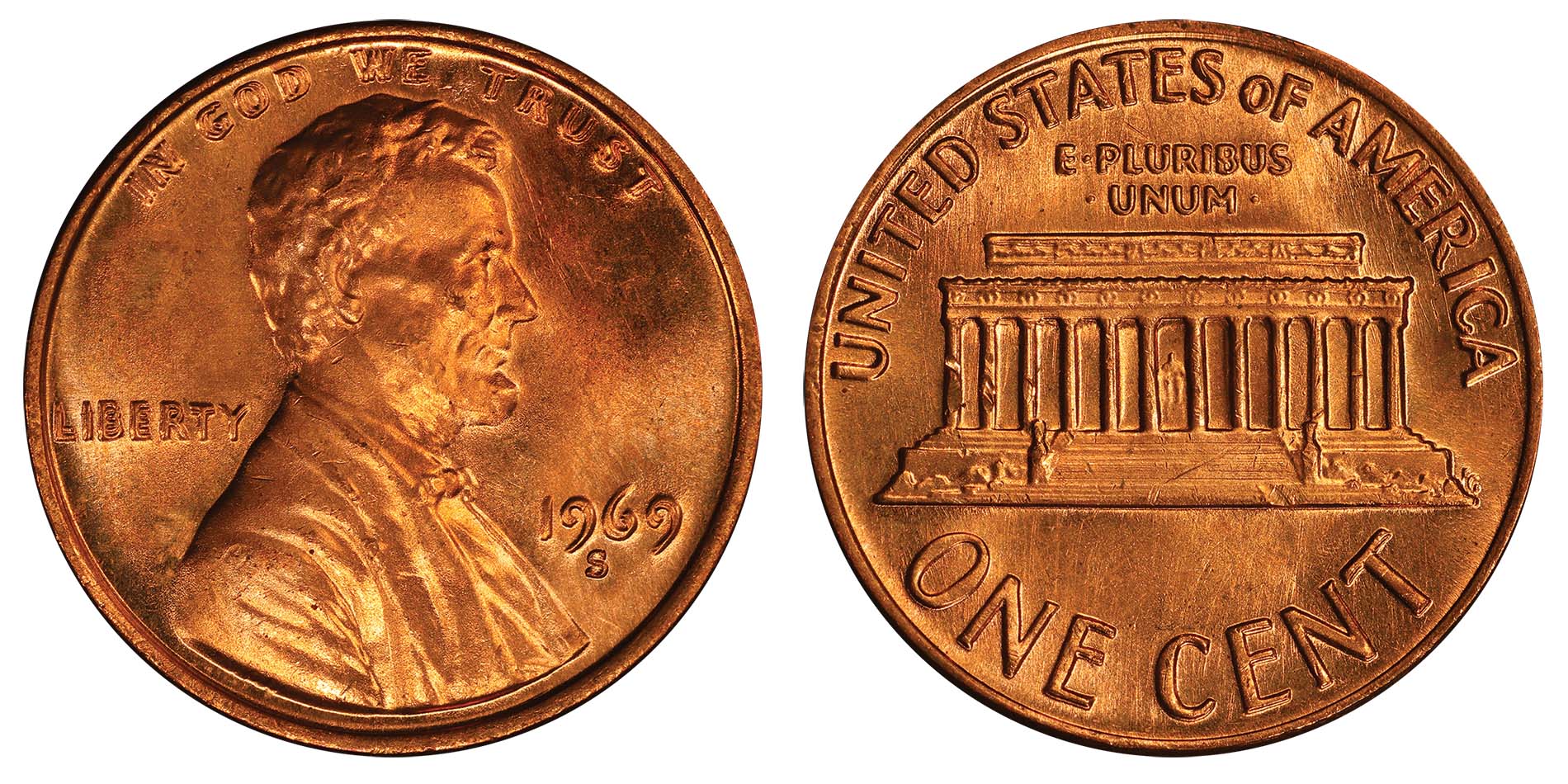
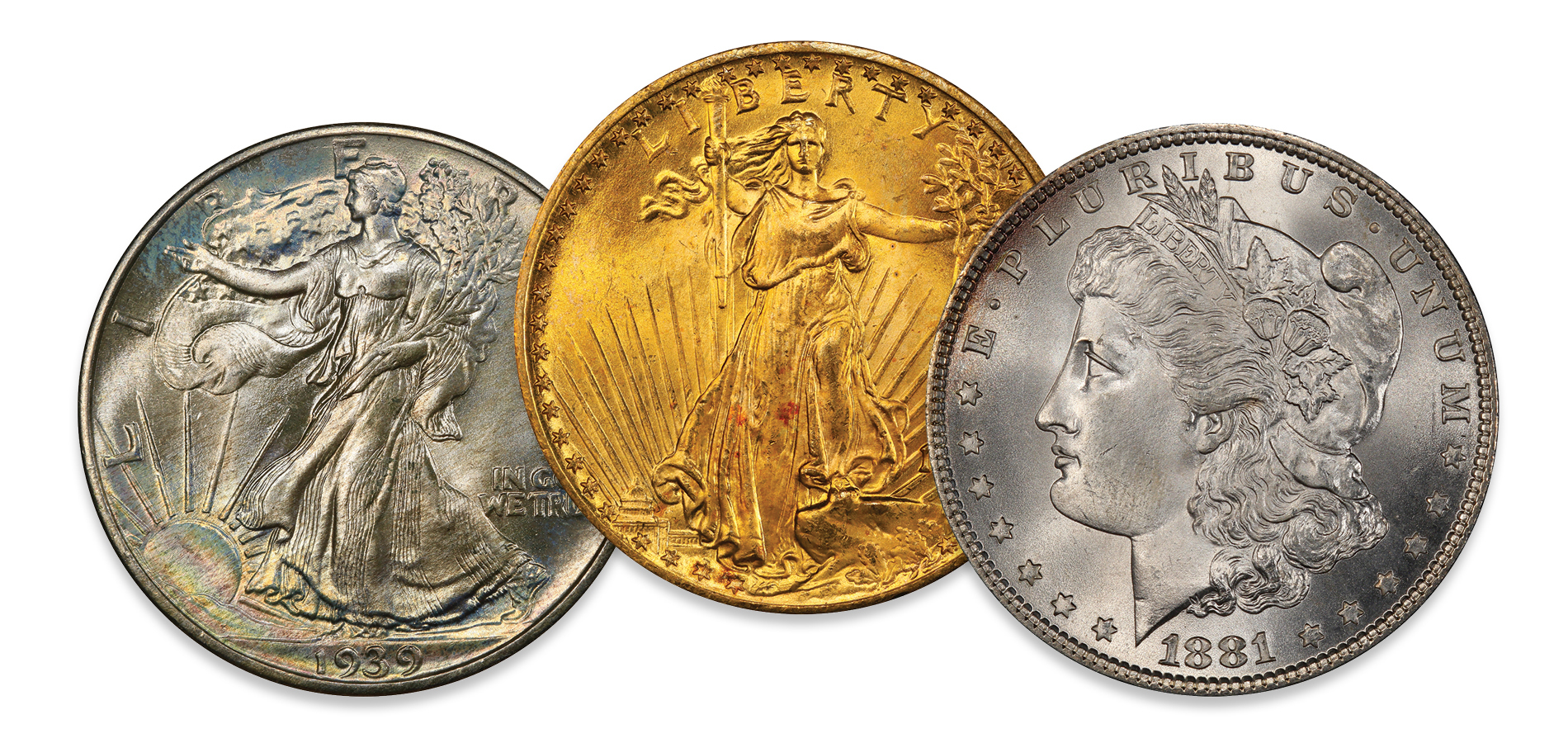



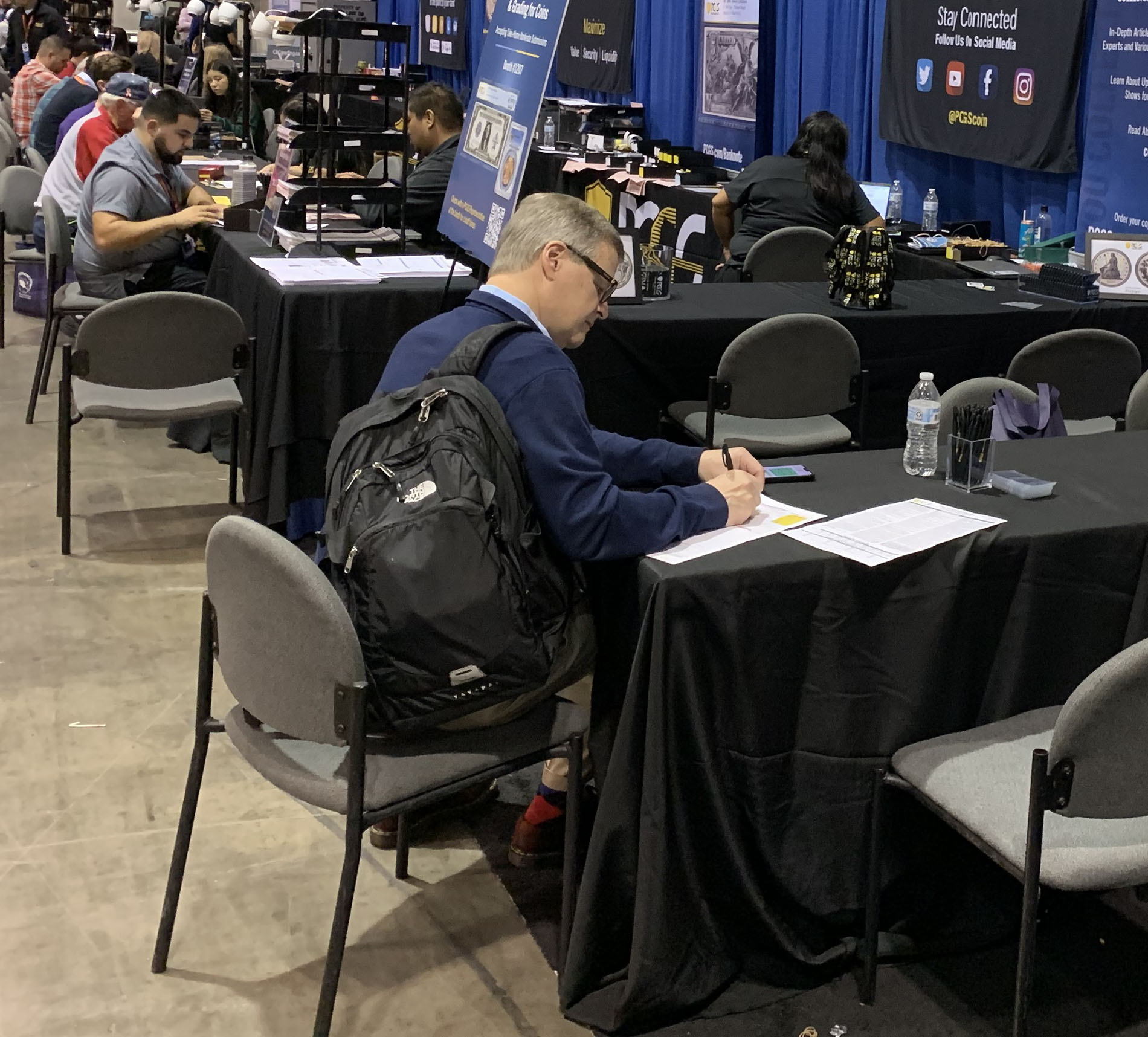
 Copper & Nickel
Copper & Nickel
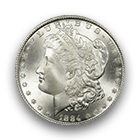 Silver Coins
Silver Coins
 Gold Coins
Gold Coins
 Commemoratives
Commemoratives
 Others
Others
 Bullion
Bullion
 World
World
 Coin Market
Coin Market
 Auctions
Auctions
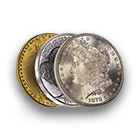 Coin Collecting
Coin Collecting
 PCGS News
PCGS News